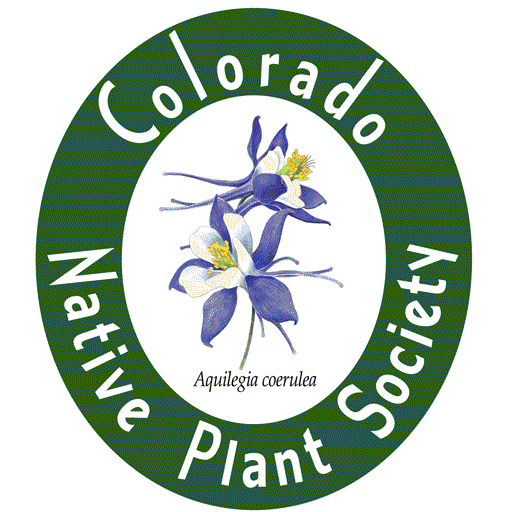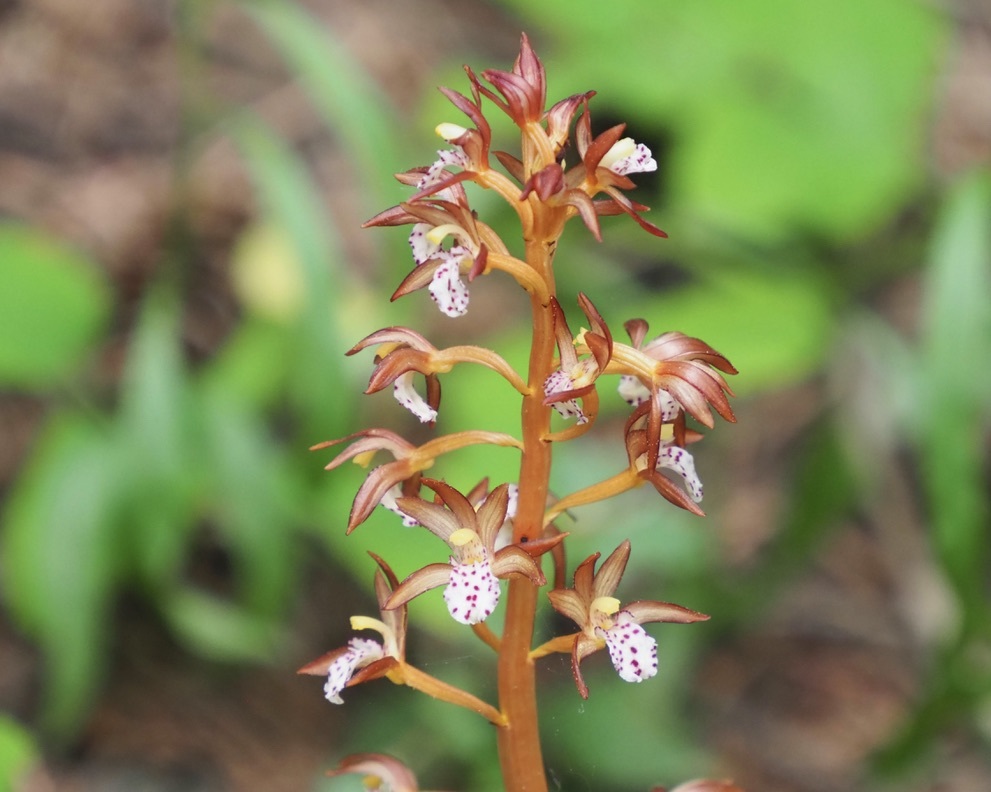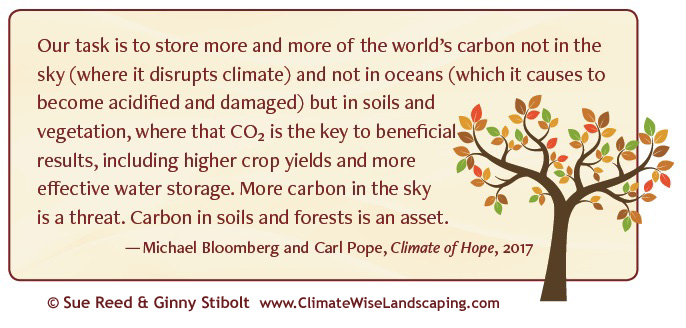All orchids, including this Colorado native orchid, Coralroot, Corrallorhiza maculata, are completely dependent on mycorrhizal fungi to begin their life cycle and and this reliance continues to varying degrees throughout their life. Photo credit: SPD
Unseen, unheard, and certainly under-appreciated, beneath the ground we walk on lies a living world that is critical to the health and the future of both plants and people. This underground world is not just dirt. It’s a complex ecosystem at work feeding plants and sequestering four more times the carbon than all of our terrestrial plants, even when rainforests are included. Healthy soil inhibits erosion and produces plant growth that is more robust, and importantly, more nutritious. We’ve got to stop treating our soil like dirt!
This productive ecosystem is made up of non-living elements like minerals and humus (animal and plant parts in all stages of decomposition) as well bacteria, fungi, and
living creatures, tiny ones you’ve heard of like springtails, centipedes, mites, and insect larvae; and tiny ones you haven’t, like, symphylids and diplurans, and then the larger ones like moles, salamanders, ants, and toads, all of them contributing to soil health.
One gram (about 1/5 teaspoon) of healthy, non-poisoned soil could contain one hundred million bacteria, one million actinomycetes, and one hundred thousand fungi; if strung together, their filaments or hyphae would measure about 16 feet (5 meters) in length.
Climate-Wise Landscaping, Reed and Stibolt
Plant roots in a mycorrhizal relationship. Photo courtesy Wilhelm Zimmerling PAR, CC BY-SA 4.0 <https://creativecommons.org/licenses/by-sa/4.0>, via Wikimedia Commons
New technologies have given researchers expanded understanding of how important the fungal relationships called mycorrhizae are in developing healthy, resilient plants. The word ‘mycorrhiza’ comes from the Greek words ‘mukès’ (fungus), and ‘rhiza’ (roots). So we now have fungus roots, which about sums it up. Mycorrhiza is a network of fungi that form an association with the roots of a plant. About 90% of all plants species are engaged in this relationship. The plant benefits from an increased intake of water, minerals, and nutrients from mycorrhiza, and the fungus, which can’t photosynthesize under there, gains carbohydrates from the plant. The word mycorrhiza is used to refer at different times to both the relationship itself, and to the group of fungi that are involved. The plural form is ‘mycorrhizae.’
Here in CO we might be especially interested in the ways mycorrhizae assist plants in acquiring more water and becoming more drought resistant. Because mycorrhizal hyphae, (threadlike filaments) are thinner
than plant roots, they are able to absorb minute drops of water which are clinging more tightly to soil particles under high pressure underground. The collective group of thin hyphae, known as the mycelium, gives each plant a vastly increased area of contact with the soil from which to gain access to both water and nutrients. Mycorrhizae have a vast array of methods for collecting, changing, and exchanging food – another fascinating study to explore.
Soil Health Is Reaching the General Media
Two well-known, general-interest publications have raised the question of soil viability recently. Time magazine’s first issue in June devotes an article to what they call ‘soil extinction,’ The Future of Our Planet Rests In the Quality of Our Soil. George Monbiot, writing for The Guardian in May, gives us The Secret World Beneath Our Feet and claims that soil is the world’s most neglected ecosystem. Both articles raise the important connection between the collective health of the world’s soil and the problem of feeding the world without devouring it. It’s now clear that we must begin to preserve and foster this hidden life form, soil, instead of depleting it in the ways that many of our farming and forestry practices are currently doing. Detrimental practices such as:
-
- Over-fertilization, especially of nitrogen
- Disturbance, especially plowing
- Landscape-wide use of pesticides and herbicides
- Compaction and erosion
negatively affect the underground food web, destroying rather than promoting the health of the soil we depend on to grow abundant, healthy, and nutritious plants, and to store carbon below ground where it helps plants instead of harming people.
What Does This Mean for Us?
What can we do, each of us, as gardeners, landscape managers, voters, and community influencers?
First and foremost: knowledge is power. Understanding the issues gives us the means of improving practices to promote soil health and of explaining to others why soil health is important.
The Colorado Department of Agriculture has developed helpful guidelines based on the STAR program, originally conceived of to improve methods of commercial farming and livestock operations. However, the five basic principles are excellent guidelines for all gardeners, and interestingly, they are also ones recommended in the two articles referenced above. STAR’s Five Prrinciples of Soil Health:
- Soil Armor (controlling wind and water erosion)
- Minimize Soil Disturbance
- Plant Diversity
- Continual Live Plant/Root
- Livestock Integration
Funds will be made available this year, including some grants, for Colorado’s “Agricultural Soil Health Program.”
Many home gardeners are interested in boosting soil health with additives. The Colorado Extension mentions that bagged and bulked purchased soil amendments are not regulated and many are high in salts, including manure and manure-based composts, which should be used with caution. Plant-based composts are typically higher in price but more effective in soil improvement. The Extenstion Service will also test your soil and give specific recommeendations.
There is another good source of information for home gardeners in a book recommended by Doug Tallamy this way:
Read this book carefully. Everything you need to know help heal our relationship with the planet earth and empower you to make a much-needed difference is within these pages.
Soil sequesters four more times the carbon than all of terrestrial plants!
This a highly readable, visually appealing, and practical guide for anyone landscaping in containers, condos, or large gardens. With sections on soil; lawn; trees and shrubs; materials for hardscape; design and more, information is both accessible and Climate-Wise.
Climate-Wise Landscaping, Practical Actions for a Sustainable Future; Reed and Stibolt
We read everyday about so many things that seem to be out of our ability to control. But we CAN help the underground food web in the places we walk and influence. Soil, it’s so much more than dirt!
Sue Dingwell
Media Committee
Colorado Native Plant Society




